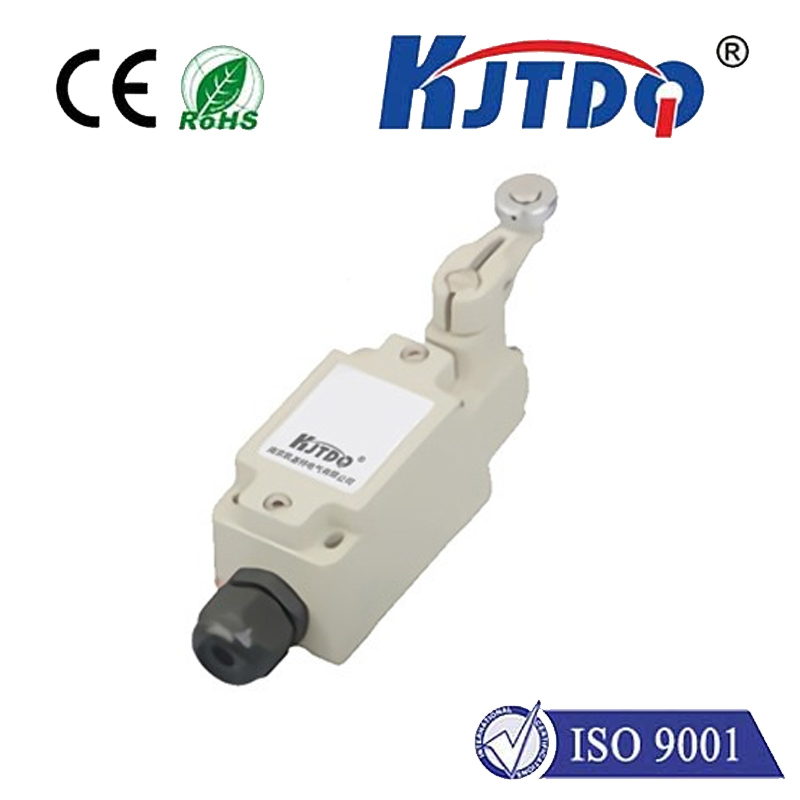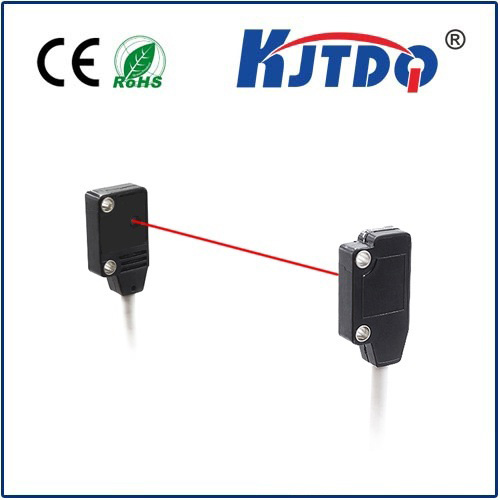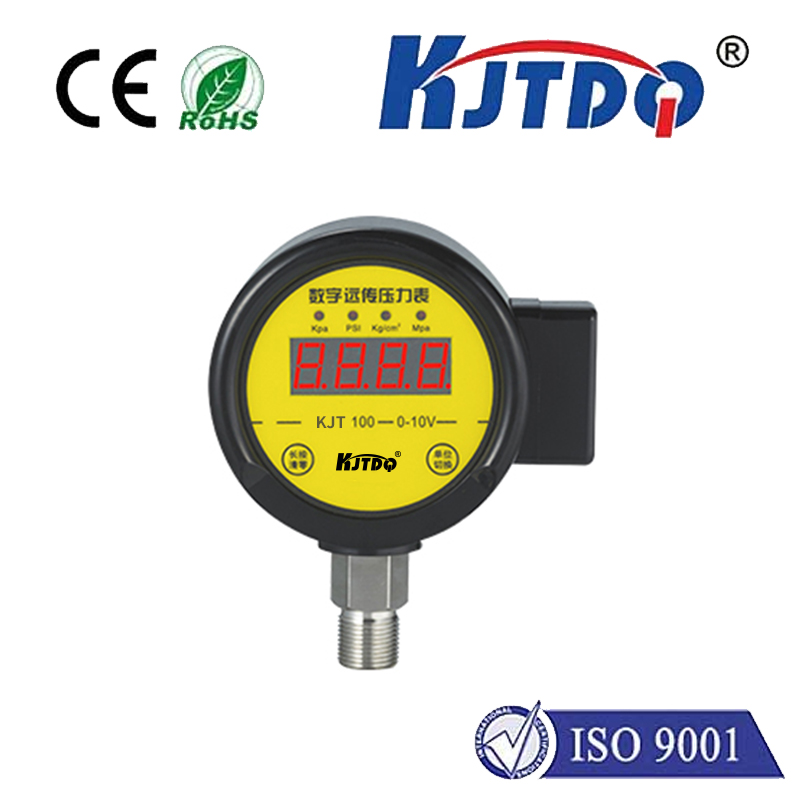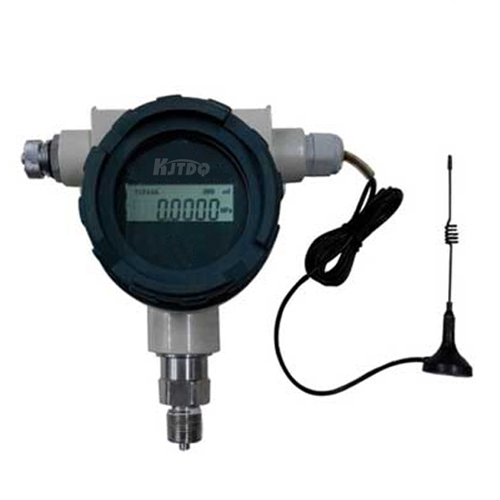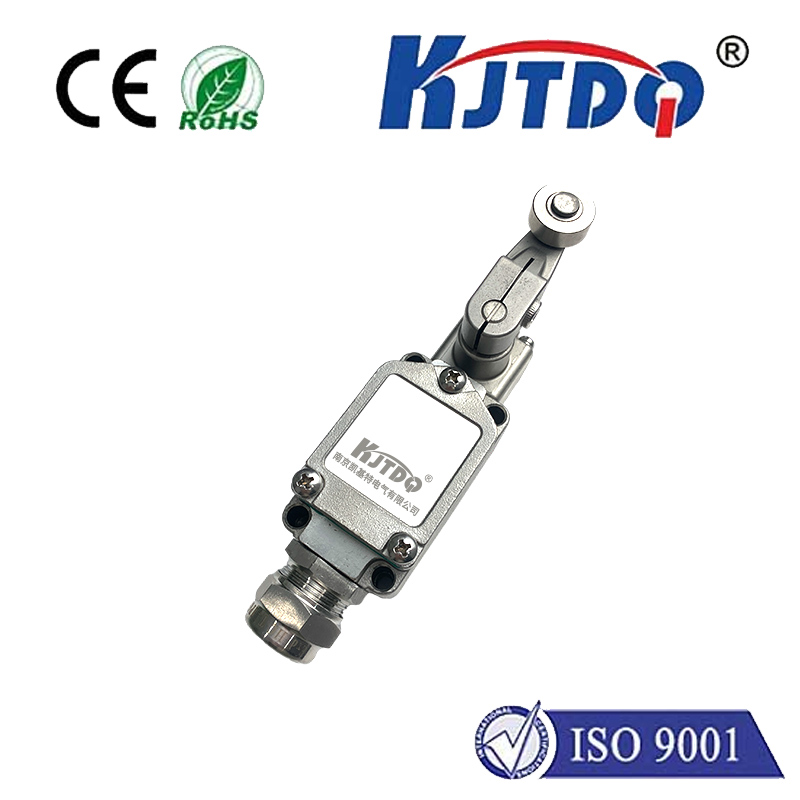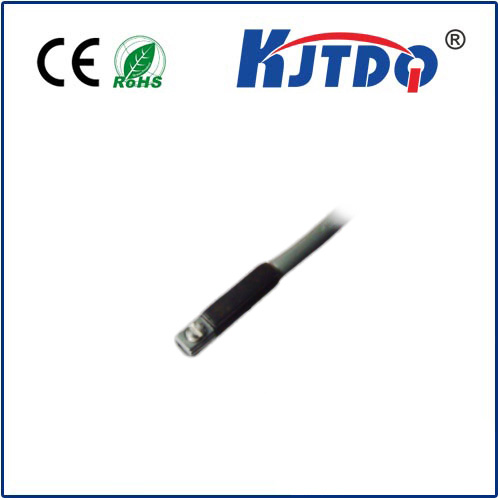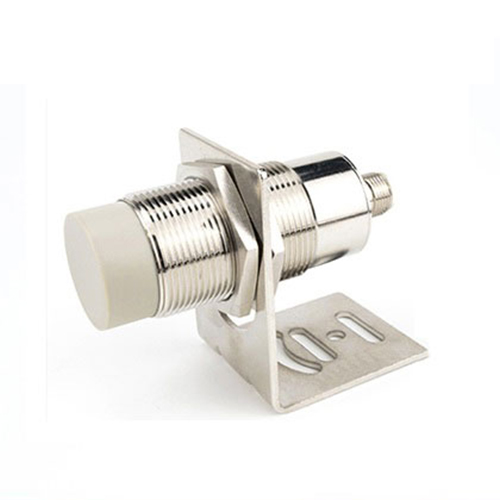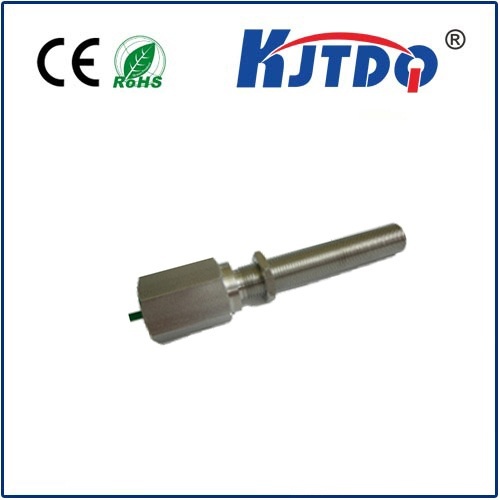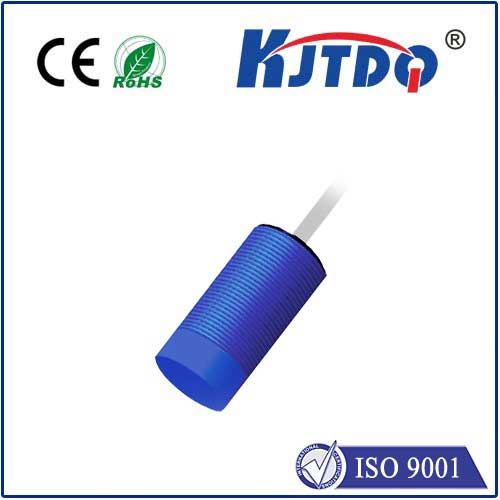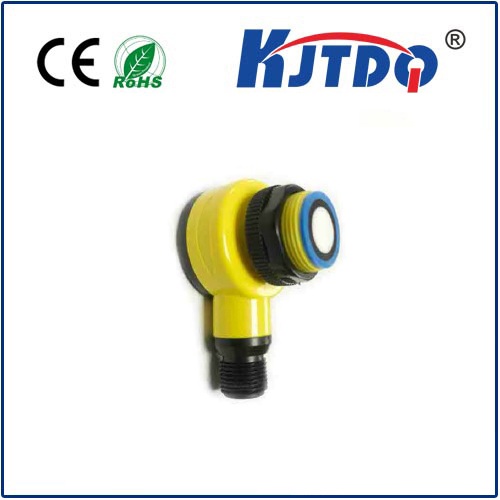

check

check

check

check

check

check

check

check

check

check
The use of pneumatic proximity sensors has been on the rise in recent years, with their ability to detect and measure distance being highly valued across a diverse range of industries. From automotive to healthcare, these sensors have become essential tools for improving efficiency, accuracy, and safety. In this article, we will explore the advancements in pneumatic proximity sensor technology and their applications in different sectors.
Section 1: The Evolution of Pneumatic Proximity Sensors
Pneumatic proximity sensors have come a long way since their inception in the late 19th century. Early versions were simple mechanical devices that relied on the movement of air to determine distance between two objects. However, modern pneumatic proximity sensors are much more sophisticated, using advanced technologies such as laser triangulation and infrared (IR) sensors to provide accurate measurements.
Section 2: The Benefits of Pneumatic Proximity Sensors
One of the key advantages of pneumatic proximity sensors is their low power consumption, making them suitable for use in battery-operated devices. They are also durable and reliable, with high-temperature resistance and good accuracy over a wide temperature range. Additionally, pneumatic proximity sensors can be easily integrated into existing systems, adding value without requiring significant changes to infrastructure.
Section 3: Applications of Pneumatic Proximity Sensors
In the automotive industry, pneumatic proximity sensors are used to detect obstacles and prevent accidents. For example, they can alert drivers when an obstacle is detected in the path of their vehicle or when they are about to park too close to another parked car. In healthcare, these sensors are used to measure patient vital signs and monitor the progress of medical procedures. Other applications include industrial automation, packaging and labeling machines, and robotics.
Section 4: Future Prospects of Pneumatic Proximity Sensors
As technology continues to advance, the potential applications for pneumatic proximity sensors are endless. One area of focus is on improving the accuracy and range of these sensors, so that they can be used in more complex tasks such as navigating autonomous vehicles through crowded urban environments. Another area of development is integrating artificial intelligence (AI) and machine learning algorithms into these sensors to enable them to make better decisions based on data analysis.
Conclusion:
Pneumatic proximity sensors have come a long way from their early days as simple mechanical devices. With their advanced technologies and versatile applications, these sensors are becoming increasingly important in various industries. As research continues to improve their performance and capabilities, it is clear that pneumatic proximity sensors will continue to play a critical role in shaping our future.
